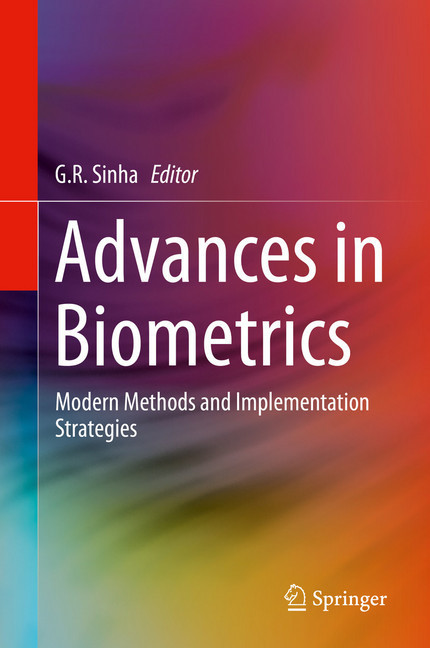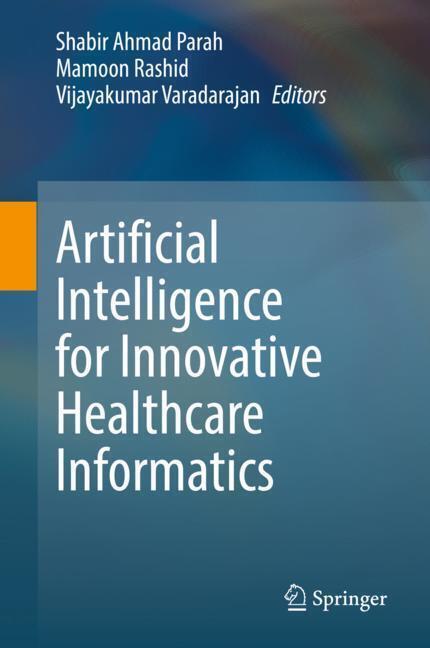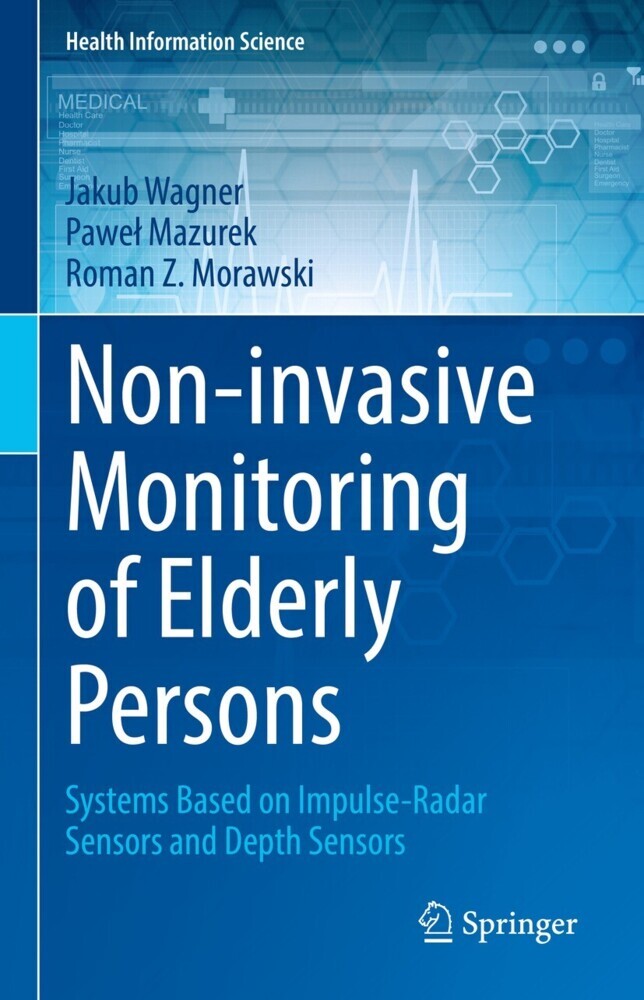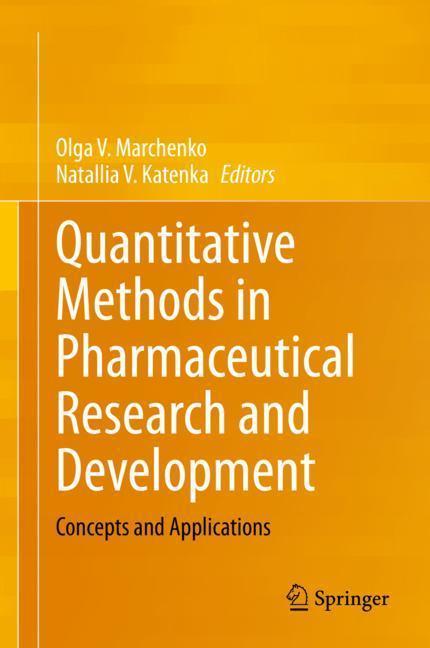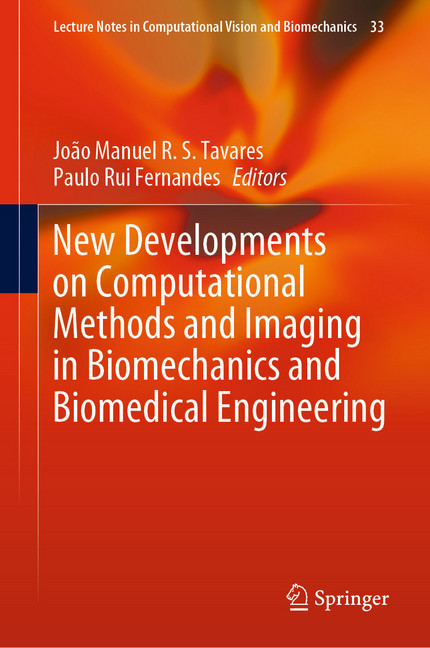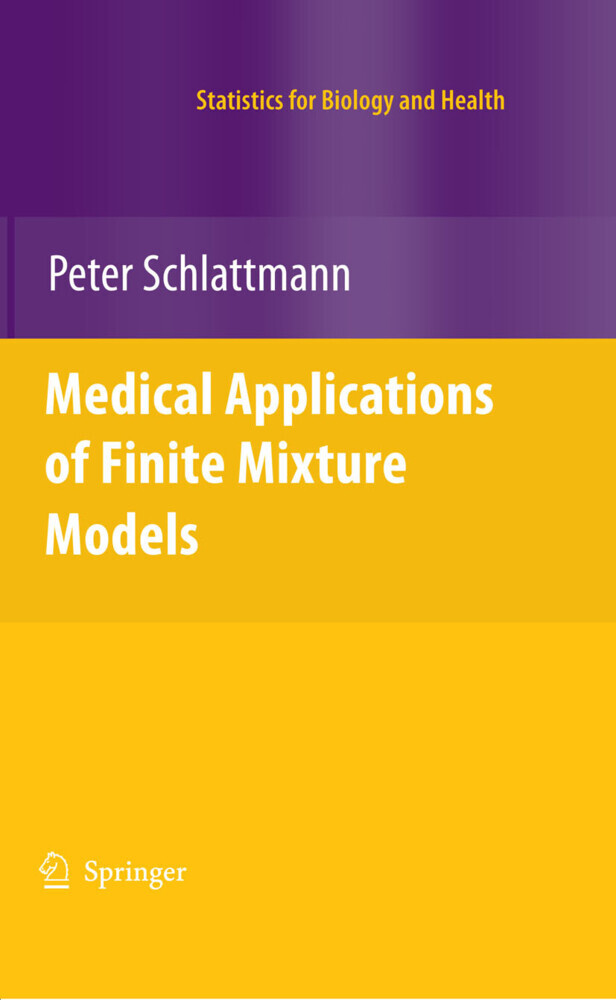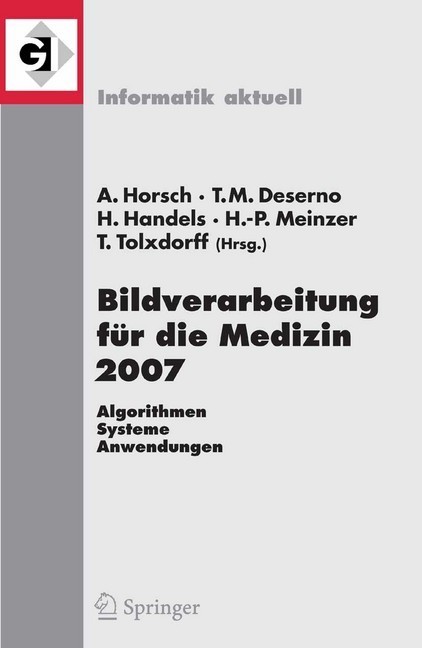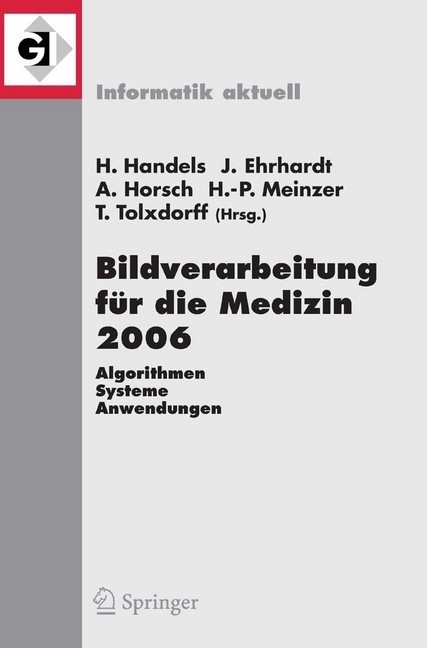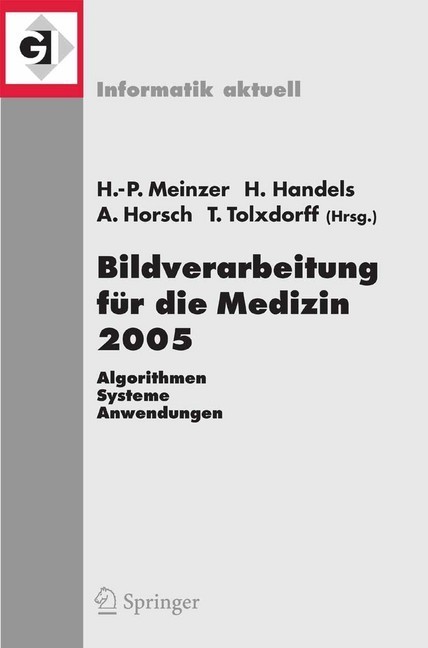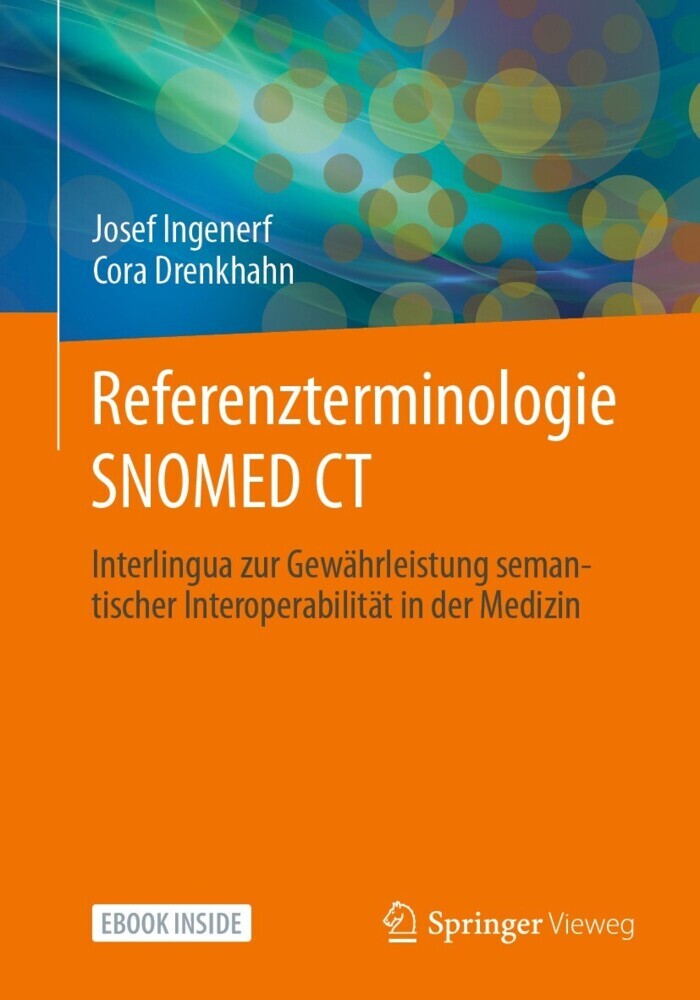Advances in Biometrics
Modern Methods and Implementation Strategies
Advances in Biometrics
Modern Methods and Implementation Strategies
This book provides a framework for robust and novel biometric techniques, along with implementation and design strategies. The theory, principles, pragmatic and modern methods, and future directions of biometrics are presented, along with in-depth coverage of biometric applications in driverless cars, automated and AI-based systems, IoT, and wearable devices. Additional coverage includes computer vision and pattern recognition, cybersecurity, cognitive computing, soft biometrics, and the social impact of biometric technology. The book will be a valuable reference for researchers, faculty, and practicing professionals working in biometrics and related fields, such as image processing, computer vision, and artificial intelligence.
Highlights robust and novel biometrics techniques
Provides implementation strategies and future research directions in the field of biometrics
Includes case studies and emerging applications
Ganesh R. Sinha, PhD, is a member of the faculty at Myanmar Institute of Information Technology (MIIT), where he teaches electronics and communications engineering. Before joining MIIT, Dr. Sinha was a Professor in the Department of Electronics and Communications Engineering and as Dean (Internal Quality Assessment Cell) at CMR Technical Campus, Hyderabad, India. He completed his B.E. in Electronics Engineering and M.Tech. in Computer Technology with a Gold Medal from the National Institute of Technology, Raipur, India, and received his Ph.D. in Electronics & Telecommunication Engineering from Chhattisgarh Swami Vivekanand Technical University, Bhilai. He has been teaching and conducting research in his discipline for more than 19 years, and has published nearly 200 research papers with national and international journals and conferences. He is an editorial board member and active reviewer for a number of international journals, including IEEE Transactions on Image Processing , and has authored six books. His research interests include biometrics, medical image processing, deep learning, computer-aided design (CAD), and computer vision.
1;Preface;6 2;Acknowledgment;8 3;Contents;9 4;Editor's Biography;11 5;1 Introduction to Biometrics and Special Emphasis on Myanmar Sign Language Recognition;13 5.1;1.1 Introduction and Background;13 5.2;1.2 Classification;16 5.3;1.3 Societal and Ethical Issues;17 5.3.1;1.3.1 Ethical Issues;18 5.4;1.4 Soft Biometrics;18 5.5;1.5 Biometric Standards, Protocols, and Databases;19 5.5.1;1.5.1 Standards;20 5.5.2;1.5.2 Protocols;21 5.5.3;1.5.3 Databases;21 5.6;1.6 Myanmar Sign Language Recognition;22 5.6.1;1.6.1 Sign Language Recognition;23 5.6.2;1.6.2 Myanmar Sign Language (MSL) Recognition and MIIT Database;23 5.6.3;1.6.3 MSL Implementation and Results;25 5.7;1.7 Conclusions;32 5.8;References;32 6;2 Handling the Hypervisor Hijacking Attacks on Virtual Cloud Environment;36 6.1;2.1 Introduction;36 6.2;2.2 Related Works;38 6.3;2.3 Background Theory of Proposed System;39 6.3.1;2.3.1 Virtualization Concept;39 6.3.2;2.3.2 Detection Method Based on Behavior Approach;40 6.3.2.1;2.3.2.1 Translation Lookaside Buffer TLB-Based Approach;41 6.3.2.2;2.3.2.2 CPU-Based Detection Approach;41 6.3.3;2.3.3 Hypervisor Model;41 6.3.3.1;2.3.3.1 OS Virtualization;42 6.3.3.2;2.3.3.2 Hardware Emulation;42 6.3.3.3;2.3.3.3 Para-Virtualization;43 6.3.4;2.3.4 Hypervisor Hijacking Thread Types;45 6.4;2.4 Serious Vulnerabilities in Virtualization;46 6.4.1;2.4.1 VM Sprawl;47 6.4.2;2.4.2 Hyper-jacking Attack;47 6.4.3;2.4.3 VM Escape Method;48 6.4.4;2.4.4 Denial-of-Service Attack;48 6.4.5;2.4.5 Incorrect VM Isolation;48 6.4.6;2.4.6 Unsecured VM Migration or VMotion;48 6.4.7;2.4.7 Host and Guest Vulnerabilities;48 6.5;2.5 Hacker Lifestyle;49 6.5.1;2.5.1 White Hat Hacker;49 6.5.2;2.5.2 Black Hat Hacker;49 6.5.3;2.5.3 Gray Hat Hacker;50 6.6;2.6 Cyber-Attack Lifecycle;50 6.6.1;2.6.1 Phase 1: Reconnaissance;50 6.6.2;2.6.2 Phase 2: Initial Compromise;50 6.6.3;2.6.3 Phase 3: Establish Foothold;51 6.6.4;2.6.4 Phase 4: Lateral Movement;51 6.6.5;2.6.5 Phase 5: Target Attainment;51 6.6.6;2.6.6 Phase 6: Ex-filtration, Corruption, and Disruption;51 6.6.7;2.6.7 Phase 7: Malicious Activities (Fig. 2.10);51 6.7;2.7 Implementation Framework for Protecting Mechanism;52 6.7.1;2.7.1 VM Creation of Virtual Network Configuration;52 6.7.2;2.7.2 Tested Methodology;54 6.8;2.8 Behavior-Based Analysis for Hypervisor Detection;56 6.9;2.9 Protecting and Mitigation Technique for System Hardening;57 6.10;2.10 Future Studies;59 6.11;2.11 Conclusion;60 6.12;References;60 7;3 Proposed Effective Feature Extraction and Selection for Malicious Software Classification;62 7.1;3.1 Introduction;62 7.2;3.2 Related Work;64 7.3;3.3 Malicious Software Family Classification System;66 7.3.1;3.3.1 Analyzing Malware Samples and Generating Reports;67 7.3.2;3.3.2 Labeling Malicious Samples;68 7.3.3;3.3.3 Extracting Malicious Features;69 7.3.4;3.3.4 Applying N-gram;70 7.3.5;3.3.5 Representing and Selecting Malicious Features;71 7.3.6;3.3.6 Classifying Malware vs Benign Using Machine Learning;72 7.4;3.4 Results and Discussion;73 7.5;3.5 Conclusion;78 7.6;References;81 8;4 Feature-Based Blood Vessel Structure Rapid Matching and Support Vector Machine-Based Sclera Recognition with Effective Sclera Segmentation;83 8.1;4.1 Introduction;83 8.2;4.2 Proposed Design Methodologies;86 8.2.1;4.2.1 Pre-processing Process;86 8.2.1.1;4.2.1.1 Iris Segmentation;87 8.2.1.2;4.2.1.2 Sclera Segmentation;88 8.2.1.3;4.2.1.3 Sclera Blood Vein Enhancement;89 8.2.2;4.2.2 Features Extraction;90 8.2.3;4.2.3 Features Training and Classification;91 8.2.3.1;4.2.3.1 By K-d Tree-Based Matching Identifier;91 8.2.3.2;4.2.3.2 By SVM Classifier;93 8.3;4.3 Experimental Results and Performance Comparisons;94 8.4;4.4 Conclusions;99 8.5;References;99 9;5 Different Parameter Analysis of Class-1 Generation-2 (C1G2) RFID System Using GNU Radio;101 9.1;5.1 Introduction;101 9.2;5.2 RFID EPC C1G2 Protocol;102 9.2.1;5.2.1 Representation of RFID EPC Protocol in GNU Radio;102 9.2.2;5.2.2 Representation of BER in GNU for C1G2 Protocol;103 9.3;5.3 Introduction to RFID
Sinha, G. R.
| ISBN | 9783030304362 |
|---|---|
| Artikelnummer | 9783030304362 |
| Medientyp | E-Book - PDF |
| Copyrightjahr | 2020 |
| Verlag | Springer-Verlag |
| Umfang | 360 Seiten |
| Sprache | Englisch |
| Kopierschutz | Digitales Wasserzeichen |

